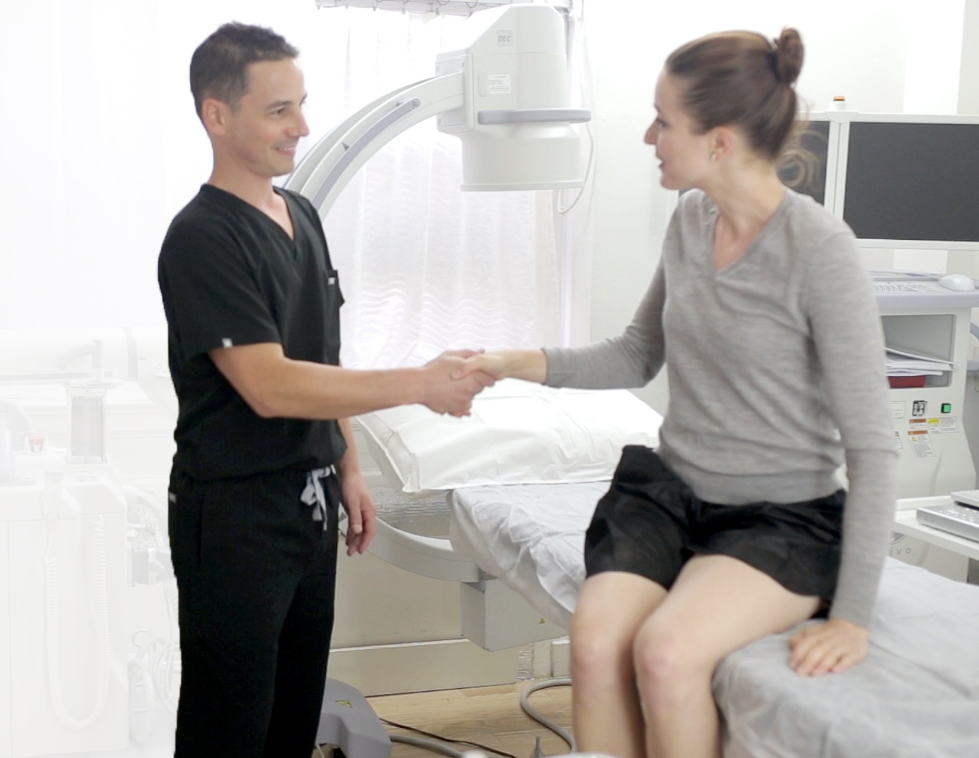Financial Aspect of Varicose Vein: Does Insurance Cover Vein Treatments In California?
Varicose veins can be quite challenging to handle, and if you put the weight of the finances upon it, your life will become miserable. That is why you should have insurance to cover your payments, but there is a catch: there are many policies in your insurance that can make your coverage hard to get. You may learn what kind of doctor treats varicose veins and find out about the mechanics of insurance coverage for varicose vein therapy from this article.
Different Types Of Varicose Vein Treatment:
Compression Stockings:
Special socks called compression stockings aid in enhancing blood circulation in your legs. They're often not too expensive and are frequently the first step in treating varicose veins.
Minimally Invasive Procedures:
Endovenous laser therapy (EVLT) and radiofrequency closure are examples of these methods. They are less invasive than surgery, and if deemed medically necessary, they are frequently covered by insurance.
Surgical Removal:
Surgery can be necessary in severe cases to remove the damaged veins. When it is deemed medically necessary, this is normally a last resort and is frequently reimbursed by insurance.

Insurance Coverage For Varicose Vein Treatment:
Medical Necessity:
To state medical necessity, you need a certification from your vascular surgeon that you have pain and discomfort in your legs. If they are deemed medically essential, varicose vein treatments are typically covered by insurance companies.
Pre-Authorization:
Your insurance company will always ask for a pre-authorization from your doctor before your treatment. To demonstrate the medical need for the procedure, you must produce medical records and other proof.
Co-Payments And Deductibles:
Even if your insurance covers varicose vein treatment, co-payments or deductibles can still be required of you. You must pay these sums out of your own wallet before your insurance starts to pay.
Cosmetic Procedures:
It's crucial to remember that insurance typically does not cover procedures that are simply cosmetic, such as vein treatments performed for strictly aesthetic purposes.
Steps To Take:
Consult Your Doctor:
The first step that you should take is to contact your vascular surgeon. They can help you in deciding whether you need a medical intervention or not.
Contact Your Insurance Provider:
If you want to know the precise policies of your insurance, you must contact your insurance. They can help you understand the policies.

Explore Treatment Options:
With your doctor, go over the available treatment options. Based on your illness and insurance coverage, they can assist you in making the best treatment decision.
Understand Costs:
Make sure you are aware of any potential expenses, such as co-payments and deductibles. Planning appropriately can be aided by being aware of your financial outlook.
Conclusion:
In conclusion, you now know why are varicose vein treatments covered by insurance and how a number of variables, including medical necessity, in-network doctors, and pre-authorization, determine whether your insurance will pay for varicose vein therapy. Understanding your specific coverage requires speaking with your doctor and your insurance provider. Always keep in mind that simply cosmetic operations are frequently not covered. By following these steps, you may limit any unexpected costs and make well-informed decisions about your varicose vein therapy.
Comments
Post a Comment